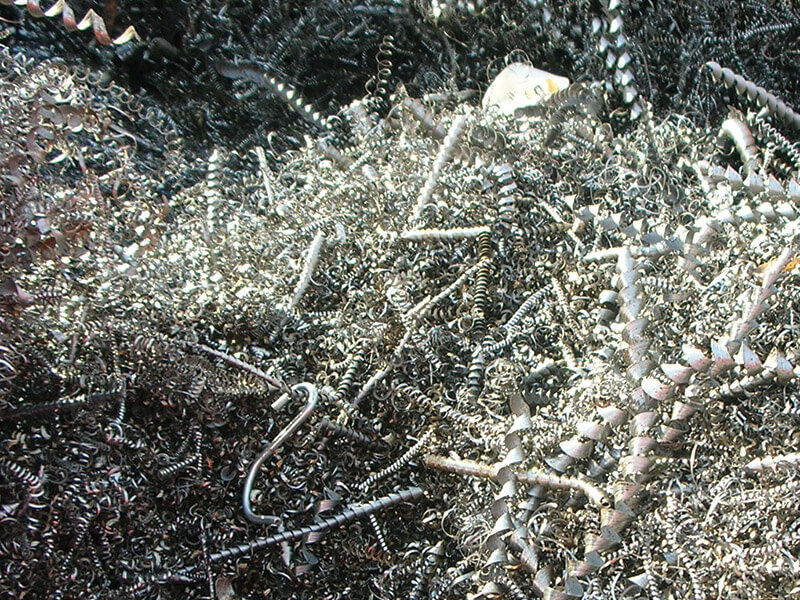
What is Brass?
Copper and zinc combine to form the alloy or combined metal known as brass. Different proportions of these two primary components can be used to create different types of brass for various purposes. Brass is a relative of bronze, another copper alloy.
Brass is distinguished by its yellow-gold hue and esteemed for its durability, malleability (how easily it can be shaped), and lack of sparking when struck.
The addition of other metals to brass can alter its properties, including its hardness, color, and resistance to corrosion. Some varieties of brass are a warm red color, while others may be chocolate brown or silver.
What is Brass Used For?
Brass is frequently utilized as a decorative element in furniture, fixtures, and sculpture. Because it is naturally resistant to bacteria, it is commonly found on frequently touched objects such as keys and door handles.
Brass is commonly used for plumbing and other building supplies, including pipes and nuts. It is also found in commonly recycled ammunition shell casings.
Brass has been utilized in musical instruments for centuries because it can be easily worked by hand and shaped into the intricate forms required for a variety of horns and percussion instruments such as cymbals.
How is Brass Manufactured?
Cu and Zn scrap ingots are melted, combined, and poured into molds to produce slabs or billets. With further applications of heat, billets can be extruded, forged, or rolled to create pipes, wires, tubes, or sheets.
Is Scrap Brass Valuable?
Brass, like other non-ferrous metals, is priced per pound and is typically priced in the middle of the non-ferrous scrap price range. However, brass is very dense, so it can be easier to accumulate a substantial quantity of brass than of lighter non-ferrous metals such as aluminum.
Recycling Brass Conserves Energy and Saves Landfill Space
Similar to other metals, brass degrades so slowly that it might as well not degrade at all. This means that any brass that ends up in a landfill will remain there.
Recycling brass (along with its source materials, copper and zinc) reduces the amount of ore required to produce new brass. Even more so than the production of metals, mining is an energy-intensive and environmentally damaging process, and metal ores are a limited natural resource.
Brass, like the vast majority of metals, can be repeatedly recycled without losing the qualities that make it valuable and useful. Glass is the only other material that can claim to be infinitely recyclable. Other materials, including plastic, paper, and cardboard, degrade and become useless over time.
NRI accepts recycling of all types of brass.


